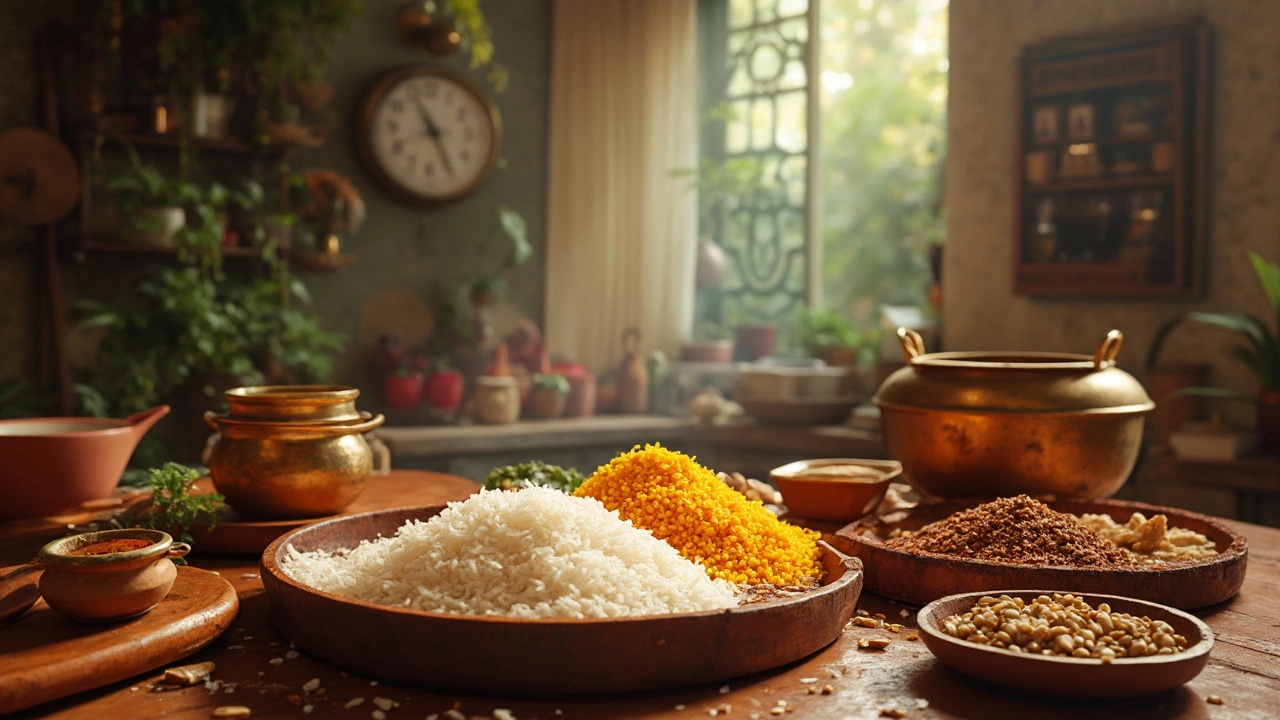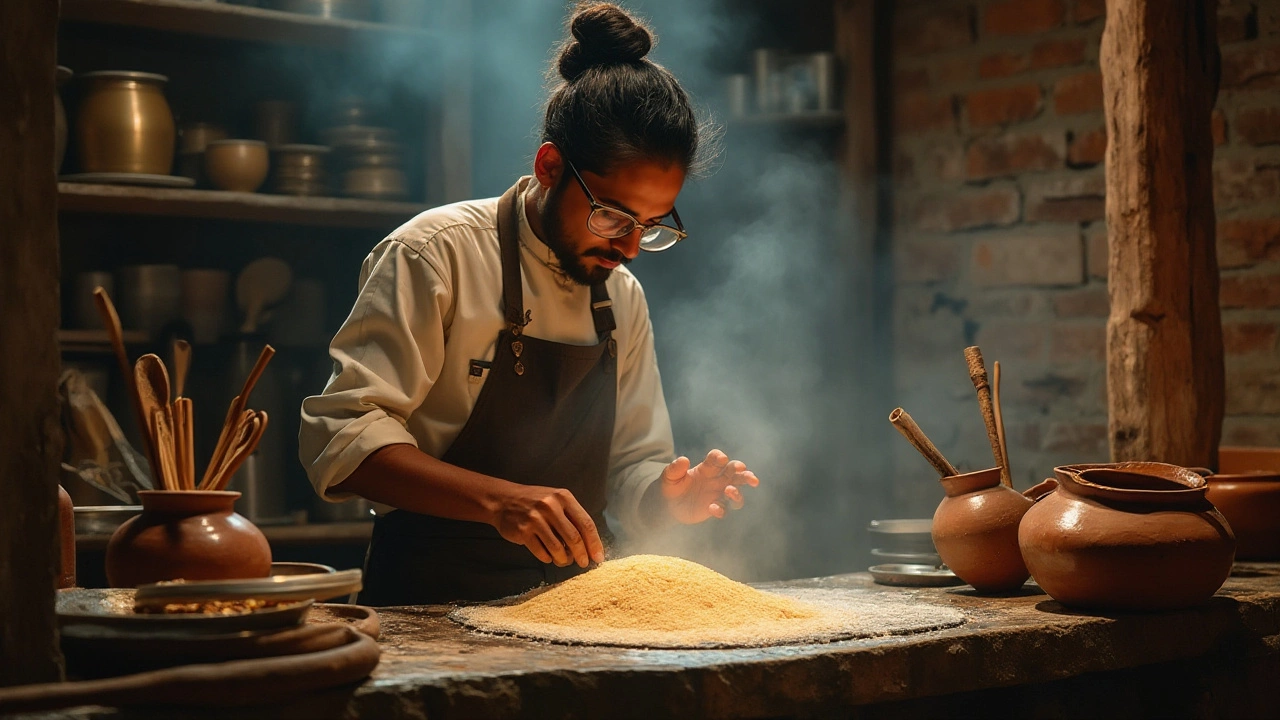dosa preparation
When working with dosa preparation, the process of turning a simple rice‑lentil mixture into a crisp, golden crepe beloved across South India. Also known as dosa making, it relies on a balanced batter, proper fermentation, and occasional additives for texture.
One of the first pillars of dosa preparation is batter fermentation, a natural leavening step that develops the batter’s sour tang and airy structure. Fermentation occurs when microorganisms break down carbohydrates, releasing carbon dioxide that creates tiny air pockets in the final crepe. Without this step, the batter stays heavy and the dosa turns dense. Adding curd, a source of live cultures and mild acidity, speeds up the process and deepens flavor. Curd also lowers the pH, which helps the rice‑lentil proteins unwind, making the batter smoother and easier to spread. Another common tweak is a pinch of baking soda, an alkaline agent that reacts with the acidic batter to create extra bubbles. The result is a lighter, more puffed dosa that still has the characteristic crunch. In short, dosa preparation encompasses batter fermentation, requires curd for flavor and speed, and benefits from baking soda to boost fluffiness.
Practical Tips and Common Pitfalls
Seasoned cooks often share a few shortcuts: use a 1:3 rice‑to‑urad dal ratio, soak both for at least four hours, then grind to a smooth paste before timing the fermentation. If the kitchen is cool, place the batter in a warm corner or use a low‑heat oven to maintain a steady 30‑35 °C environment. Trouble with flat dosas often traces back to insufficient fermentation time or a batter that’s too thick; thin it with a splash of water and let it rest another hour. For those who love extra crunch, drizzle a thin line of oil on the pan before spreading the batter; the oil creates a barrier that seals moisture and yields a crisp edge. Finally, remember that the batter continues to sour after the first pour, so plan to make a fresh batch each day for consistent taste.
Below you’ll find a curated collection of articles that dive deeper into each of these aspects, from the science behind curd’s role to step‑by‑step guides on using baking soda safely. Whether you’re a beginner looking for a reliable starter recipe or an experienced cook fine‑tuning texture, the posts ahead cover the full spectrum of dosa preparation insights.

How Much Time to Soak Rice and Urad Dal for Dosa?
Making the perfect dosa starts with knowing how long to soak rice and urad dal. This guide covers the ideal soaking times and practical tips to achieve that crispy texture. Soaking times depend on factors like temperature and grain quality, but generally, rice needs 4-6 hours and urad dal 4 hours. Here, we delve into why these times work and what you can do to tweak your dosa-making process.

Understanding the Impact of Excess Urad Dal in Dosa Batter
When preparing dosa batter, the proportion of urad dal plays a crucial role in the texture and taste of the final product. This article explores the effects of having too much urad dal in the batter, the science behind it, and provides practical tips for achieving the perfect dosa. We delve into how the excess affects fermentation, texture, and ways to balance the ingredients right. Vital for any dosa enthusiast, this guide ensures a delicious and crispy outcome.